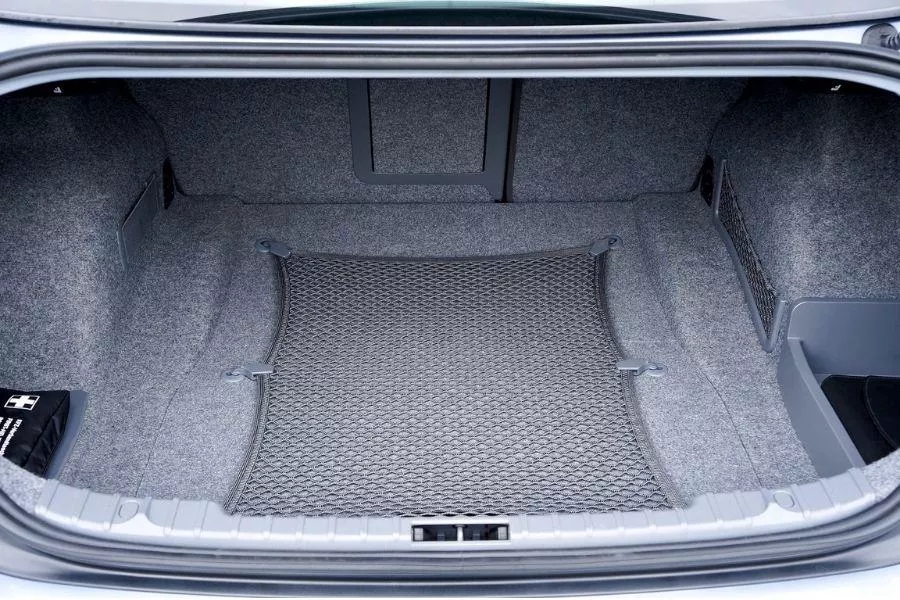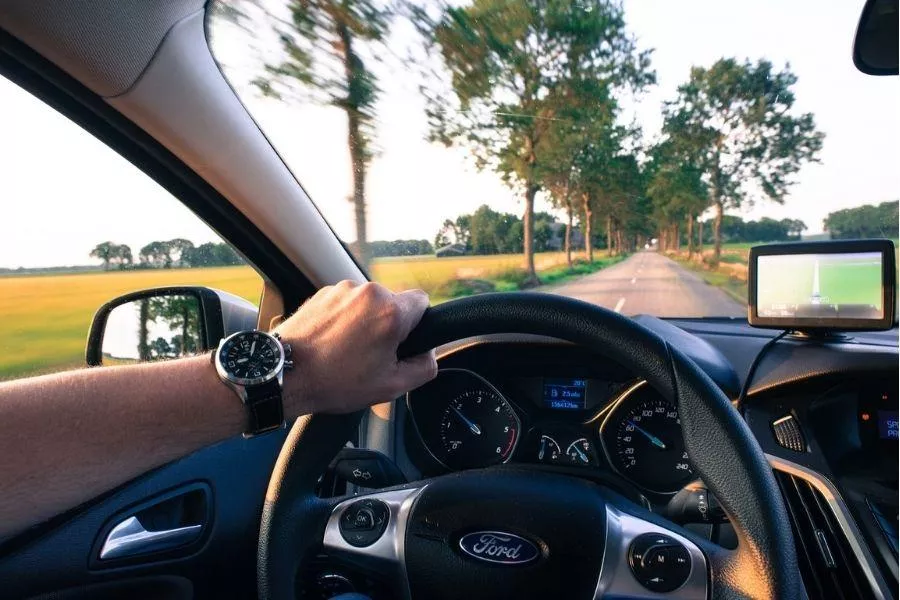Car owners can be meticulous when it comes to their rides, but cleanliness goes beyond washing and wiping. A study by England’s Aston University reveals that a car’s interior can potentially have more bacteria than even a toilet seat.
Is Your Car Dirtier Than A Toilet? Bacteria Study Finds Out!
Aston Senior Lecturer Dr. Jonathan Cox led a team of researchers to find out which types of bacteria can be found in the average car, as well as the areas of the automobile where these are found in the highest concentrations. Five used vehicles were used for the purposes of the study, ranging from two to 17 years of age. Samples were taken from six key locations of the interior, which the researchers compared with swabs from two household toilets that have been used in the last 24 hours.
According to the findings, the most bacteria-infested areas of a car’s interior are the following:
- Trunk/cargo area: 1,425 bacteria identified
- Driver’s seat: 649 bacteria identified
- Gearshift lever: 407 bacteria identified
- Back seat: 323 bacteria identified
- Dashboard: 317 bacteria identified
- Steering wheel: 146 bacteria identified
Among the types of bacteria discovered were: E.coli (Escherichia coli), coming from the digestive system, typically transmitted by eating food dropped on a contaminated driver’s seat and can cause food poisoning; Staph. Epi (Staphylococcus epidermidis), microbes found on hands and can cause infections in immunocompromised people; and Pseudomonas (Pseudomonas aeruginosa), a bacterial species which can easily infect humans and animals, with some strains not easily treated by antibiotics.
As the most contaminated location, the trunk area on all cars sampled contained traces of fecal bacteria, significantly exceeding the bacterial levels found on the average toilet. The bad news is that this is where foodstuffs such as fruits and vegetables are usually stored during transit, posing a health risk if these are not thoroughly washed or cleaned prior to consumption.

Loose foodstuffs stored in the trunk such as fruits and vegetables must be sufficiently washed prior to consumption
Significant levels of bacteria were also found on high touch surfaces such as the gearshift lever, dashboard, and back seat. However, the steering wheel had the lowest amount of bacterial contamination in most cars tested, which Dr. Cox attributes to increased hand sanitizer use since the COVID-19 pandemic.
However, he notes that the study wasn’t meant to incite panic among car owners. “People don’t get sick every time they get in the car. We don’t need to be overly concerned, we just should be mindful that not all dirt is visible for us to see.”

The increased use of hand sanitizers resulted in lower than expected bacteria levels on the steering wheel
Dr. Cox adds that people can still exert more effort into keeping their cars clean. “The bottom line is that people generally do not get typically ill from the bacteria in their cars, because we naturally do things in our everyday lives (such as handwashing) to reduce the impact. However, knowing the bacteria that can build up in our cars can be really useful in cleaning our cars properly and regularly, and reducing any risks.”
We uncover the facts about car ownership, even the dirty ones, at Philkotse.com.
Recent posts
- don't store these things trunk May 11, 2021
- Dos and Don’ts of Washing a Car: Squeaky Clean over Scratchy Clean Feb 18, 2019
- Easy cleaning tips for 5 different types of steering wheel Mar 04, 2021
- Helpful checklist for car interior cleaning Apr 09, 2020












